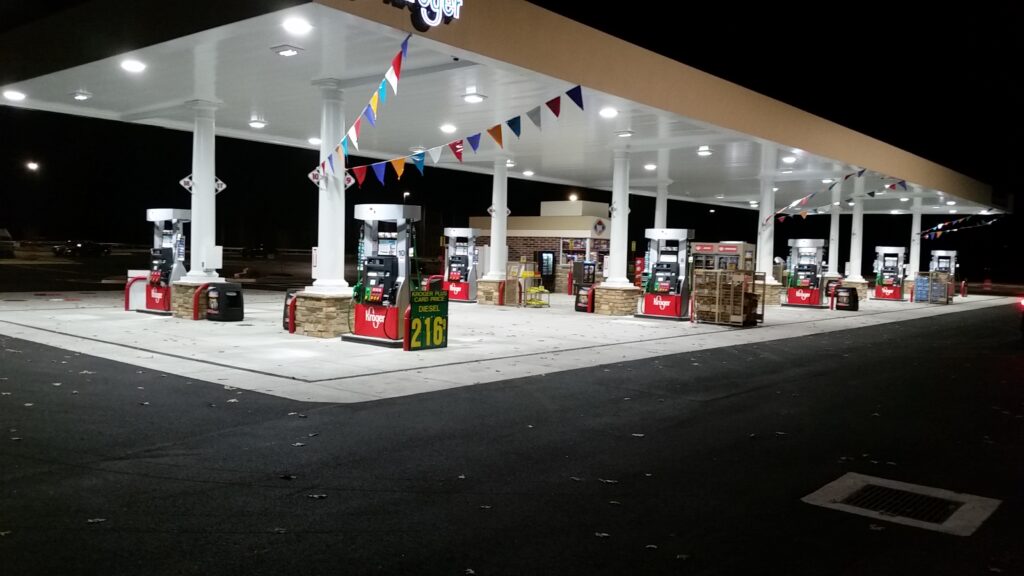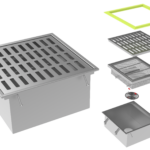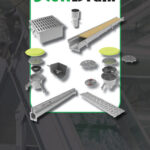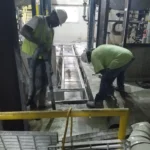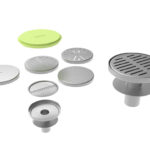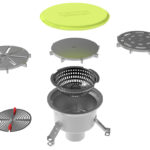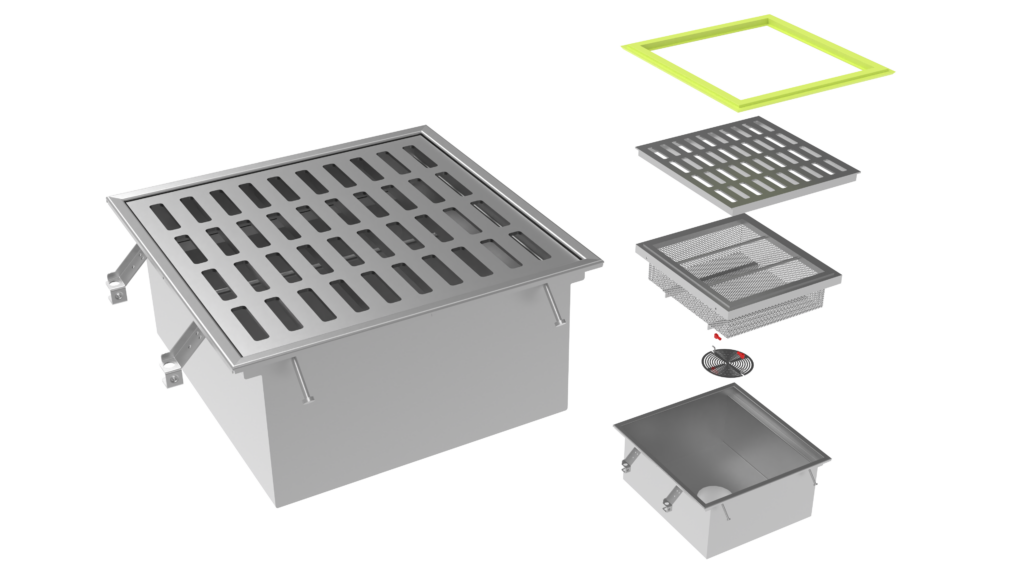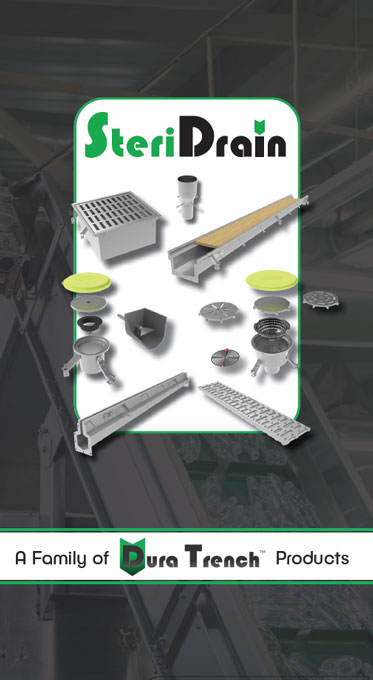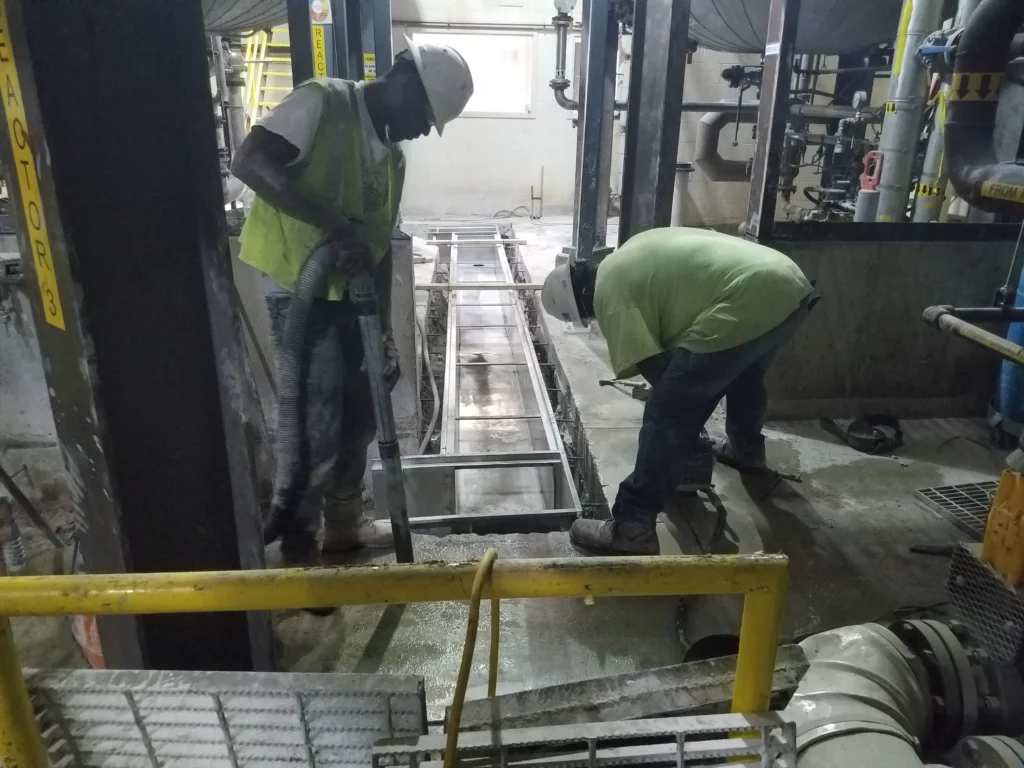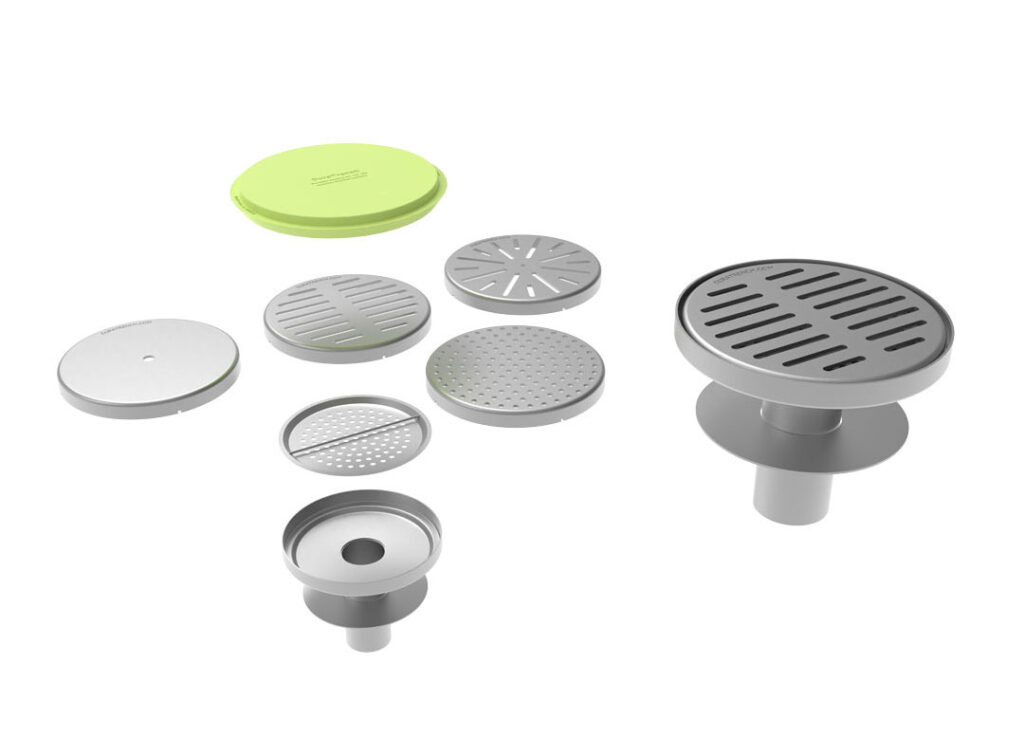Trench drains, just like the drainage that is installed in your home or business location, needs to be kept from freezing during the coldest parts of the year. You will also need to maintain your drains correctly throughout the changing season to prevent problems with drainage failing or issues with flooding and standing water.
Trench drain maintenance doesn’t have to be a struggle if you know what your drains need. This kind of maintenance isn’t hard to provide, but you should be sure that you are prepared to tackle this kind of work without issue each year. If you are not, working with a skilled trench drain maintenance company can be the right way to handle this important aspect of caring for your trench drains.
Potential Problem Areas in Your Trench Drain System
Trench drains of all kinds have common problem areas that need extra attention each year. Whether you have slot drains installed in your business or utility trenches that provide the drainage for your location, these areas need attention as the seasons change. All kinds of trench drains require maintenance leading up to the winter months, even if your trench drains are located inside of a warehouse of other kind of building.
If your trench drain system is made with PVC, you will need to be very cautious about areas that might be exposed to extreme shifts in temperature. PVC does not handle being very cold or very hot and can crack or break when exposed to the weather and ambient temperature changes. Insulating PVC pipes is a critical aspect of winter maintenance for your drainage system.
You will also need to be sure that you clean out and remove debris in areas where there are catch basins or downspouts and in parts of your drainage system that are exposed to plant matter. This kind of material can lead to clogs, which can cause flooding and can even lead to the breakdown of your drainage system over time.
It is quite simple to clean out these areas of your drainage on your own, and there are some specialized tools that make getting to these areas of your trench drain system a breeze. If you are not comfortable with removing this kind of material from your drains on your own, a company that specializes in drain maintenance can handle this important upkeep for you.
What Causes Damage to Drainage in the Winter
There are a few things that cause damage to drainage systems in the winter. You will want to be sure to remedy all of these potential problem conditions before the coldest part of the winter hits.
1. Exposed Pipes
When you leave pipes exposed to the cold or the heat, they are likely to become brittle or to freeze. If you are using the pipes to deliver water to catch basins or other areas of your drainage system, they need to be insulated to prevent freezing that can break pipes open. You will also want to be sure that foot traffic or vehicle traffic cannot cross over exposed piping as the winter progresses. The weight and friction of this kind of pressure on exposed pipes can lead to them breaking down or even cracking.
2. Clogs
Clogs from plant debris or trash can lead to frozen areas of your trench drain system that can eventually cause the drain to entirely fail. You will at minimum have lots of standing water to deal with if you do not tackle these kinds of clogs right away. Most drainage needs to be cleaned and maintained on a regular basis, and you should not wait until the cold part of the year to tackle suspected clogs in your trench drain system.
Even if your trench drains are inside and are not likely to freeze when the weather gets cold, clogs can still lead to standing water that will eventually undermine the trench drain foundation itself. You do not want your trench drain to sink and collapse over time, and cleaning out clogs on a regular basis is a critical aspect of preventing this kind of problem.
3. Incorrect Slope
The incorrect slope leading to your drainage system can lead to flooding and standing water throughout the year, but during the winter, this can really come to a head. Increased rainfall and freezing conditions can lead to standing water that cannot be attended to by the drainage that you have in place. You might also find that the standing water undermines the trench itself or causes freezing around the trench over time.
The incorrect slope associated with drainage is a common problem and one that might not be easily remedied. Having a skilled trench drain team check out your drainage before you install it and ensure that the slope is correct can be critical to avoiding this common wintertime issue. If you are dealing with drainage that doesn’t have the right slope leading to it, you need to make sure that you are removing excess standing water by other means until the weather improves and your drainage system can be fixed.
Avoiding Damage to Drainage in the Winter is Key
You always want to be sure that you are not allowing your trench drainage to be damaged by a lack of upkeep. The winter is the most challenging time for drainage upkeep and you need to be sure to avoid long-term problems before they start by caring for your drainage all year long. If you are not up for the work that is needed to care for your trench drains, there are plenty of skilled teams in nearly any city who will be happy to come and take care of the maintenance that your drainage needs for a flat fee.
Businesses and homes alike need this kind of routine upkeep to prevent flooding, standing water, and frozen pipes in the winter. No matter what material your trench drains are made from, you need to take care of your drainage system to ensure that it will last for years to come.



